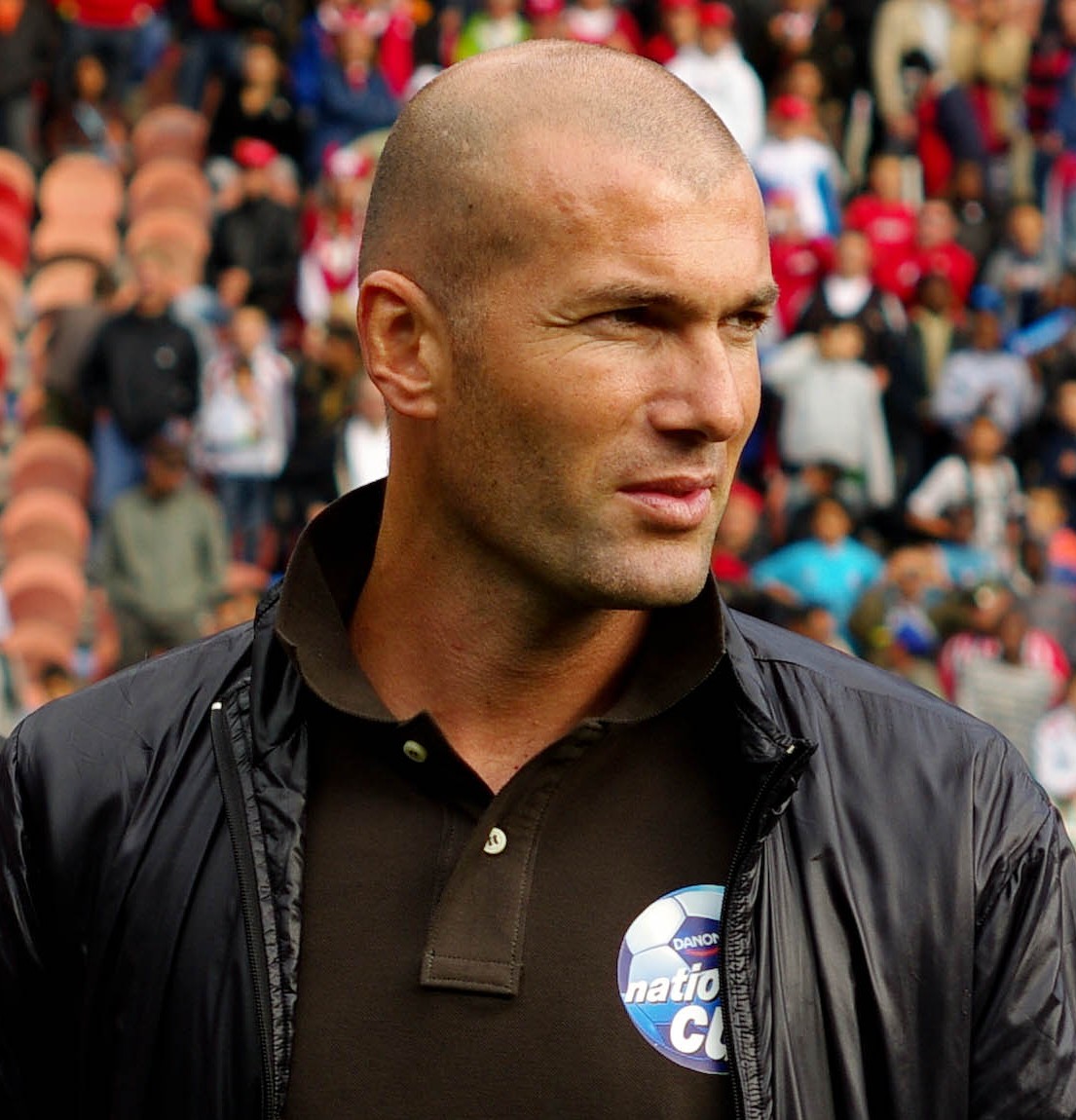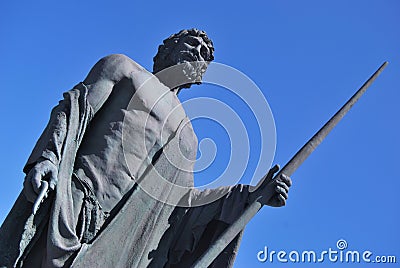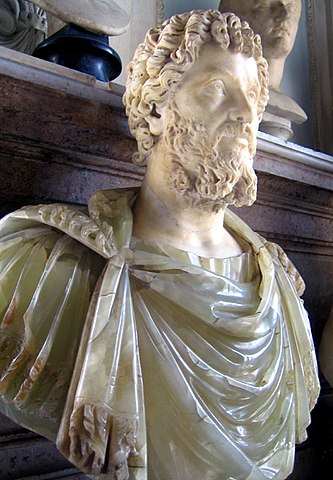A friend who started reading my manuscript asked me this question recently, and it caught me by surprise.
I had a good picture in my head of most of the characters. But I used physical description sparingly in my manuscript because, as a reader, I like letting my imagination shape my view of a character’s appearance.
The exception is when there’s some well-placed, evocative trait. I’m reading David Malouf’s RANSOM now, and Hermes’ “golden hair hanging in ringlets” is a great example.
But the question made me realize I had taken a lot for granted with my readers. Atlantis conjures up a huge range of images, from extraterrestrials to mermaids. So the ancient world sensibility I was trying to get across may not be immediately apparent even though the character and place names should be familiarly ancient world—Greek and Egyptian in particular—to some.
The main character is named Aerander. His love interest is Calyiches. His nemesis is the High Priest Zazamoukh.
Without geeking out too much (hopefully), let me explain that the inspiration for my Atlantean world comes from the cultural diffusion theory proposed by Lewis Spence. Atlantean civilization began around the 10,000 B.C.E.. It declined ten centuries later, and was destroyed by natural disasters and invaders from Western Europe. Were there survivors and what happened to them are questions that my novel THE SEVENTH PLEIADE seeks to answer.
According to Spence, Atlantis was located in the vicinity of the Canary Islands, where conditions were optimal for a flourishing Neolithic civilization. Its evidence lies in the spread of an “Atlantis culture complex” most notably to North Africa, Mediterranean Europe and Central and South America.
My premise is the Atlanteans migrated from the Iberian peninsula—though they claimed to be descendants of titan gods—and they came into contact with Northern and Western Africans (who I call Mauritanians and Tamanans), Northern and Southern Americans (who I call Lost Pangeans and Lemurians), and Europeans (who I call Azilians).
As such, Atlanteans and their contemporaries wouldn’t have looked much different than ancient world peoples, or us modern day folks for that matter.
Atlanteans didn’t have blue skin or gills or fishtails.
An interesting theory is the Atlanteans are ethnically linked to the ancient Guanches and Berbers whose origins have been elusive to anthropologists.
The Guanches were first described by a 12th century Arab geographer Muhammad Al-Idrisi who visited the Canary Islands and found a mysterious indigenous population. He wrote about visiting a village: “whose inhabitants have long and flaxen hair and the women are of a rare beauty.” No one knows how the Guanches came to arrive on the Atlantic island.
Similar to the ancient Berbers (who lived in the evocatively named Atlas Mountains of Northern Africa), the Guanches are described as physically distinct from their Mediterranean and North African neighbors. They were tan in complexion but tall in stature and tended to be fair haired. These characteristics lend themselves to a rich mythology, which I propose the Atlanteans capitalized on. They were the sons of gods, the “chosen ones.” With their high-minded claims to heredity, they managed to colonize the pre-historic world.
Here are some of my references for what the Atlanteans might have looked like.
- A young woman of Guanche descent

French star soccer player Zinedine Zidane, of Berber descent

French actor Fu’ad Ait Aatou of Berber descent




